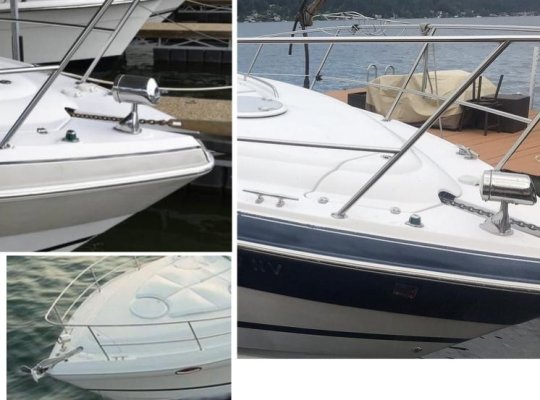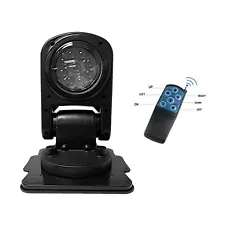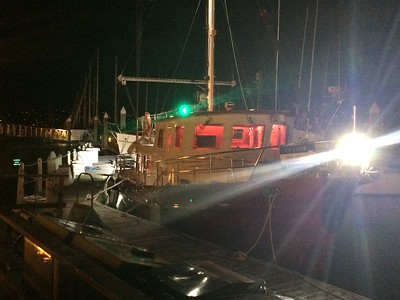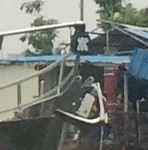Does anyone remember these things? Docking lights they were called and lots of boats from the 70's & early 80's had them installed. I had them on 2 of my earlier boats (PO installed) and I can't remember ever turning them on! I honestly can't even remember knowing if they even worked.
The concept is a good one for seeing what's directly ahead but who in the heck would want to cut 2 giant holes on the side of their boat for a couple of riding mower headlights?!!?
Had them in two boats.
The first was in raised bulwarks on a 27 footer. Worked good in the inlets around the islands.
The bulbs were 50 watt fog blbs with aflat beam top/
The second was 28 feet with them mounted in the hull. I got into a 10 foot
wind against the tide chop and drove water right through them.
removed and glassed the holes
Ted




